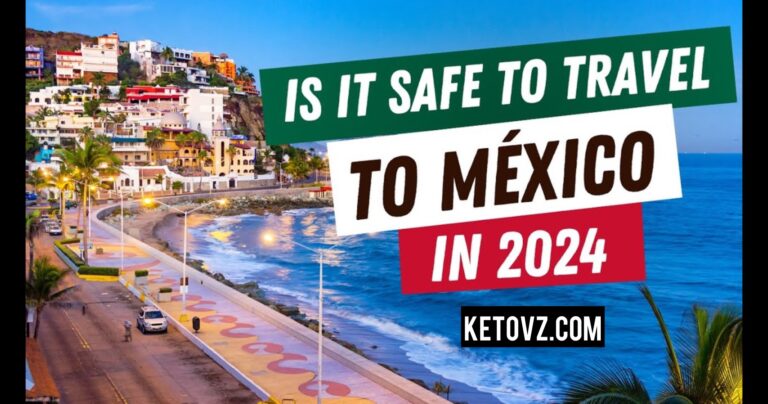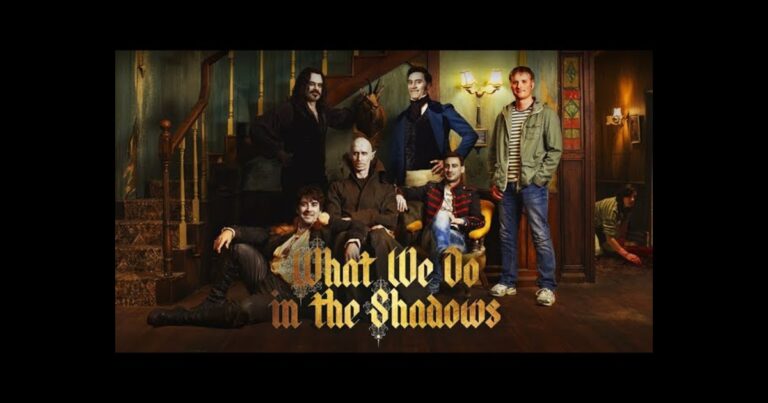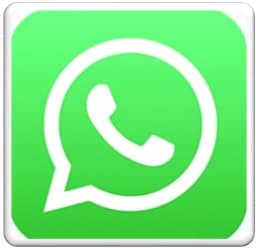The great question for many years has been: “Can Americans travel to Cuba?” This has caused interest, confusion and debate, as it largely depends on the fluctuations of diplomatic relations between the United States and Cuba. It is a legacy of the Cold War, and numerous political differences currently exist. Thus, U.S. travel restrictions to Cuba have evolved over time several times. Still, despite these challenges, thousands of Americans continue to make it to this intriguing Caribbean island. Can Americans travel to Cuba? Yes-but there are some guidelines and restrictions that need to be adhered to.
In this blog, we’re going to explore everything you need to know about traveling in Cuba as an American-from the history behind the restrictions themselves, all the way through to legal requirements, and what you can expect once you arrive. We’ll cover everything you need to know about traveling from the United States to Cuba so your trip is both legal and enjoyable. History Behind U.S. Travel Restrictions to Cuba
Some historical background is useful to explain whether Americans can travel to Cuba.
Since the 1960s, when Fidel Castro assumed control of Cuba’s government and aligned it as an ally of the Soviet Union, diplomatic ties between the U.S. and Cuba have been contentious. In response to the Cuban Revolution, the U.S. imposed a trade embargo on Cuba and cut all its diplomatic ties with the Caribbean island nation, which severely curtailed both travel and trade between the two nations.
For many decades, it had been illegal to travel to Cuba from the United States for most U.S. citizens except for specific categories, such as journalism, visits to relatives, and academic research. Everything changed in 2014, when the Obama administration took steps to improve relations with Cuba by opening up the U.S. embassy in Havana and easing the restrictions on travel to the island.
However, when the Trump administration came into office in 2017, most of these slackened rules were rolled back. Today, Americans have been allowed to travel to Cuba again under stricter conditions than at their heyday in the early years of the U.S.-Cuba détente. So the question of can Americans travel to Cuba today remains complicated but possible.
Legal Travel to Cuba: The 12 Permitted Categories
The U.S. Department of Treasury’s Office of Foreign Assets Control enforces the regulations that govern how Americans can legally travel to Cuba. Nowhere do you find any mention that you can simply go on a sightseeing tour or as a tourist to Cuba. There are, however 12 categories of authorized travel allowing Americans to visit Cuba:
1. Family visits
2.Official government business
3.Journalism
4.Public performances, clinics, workshops, and exhibitions
5.Support for the Cuban people
6.Humanitarian projects
7.Activities of private foundations or research organizations
8.Exportation, importation, or transmission of information materials
9.Certain licensed export transactions
Most travelers are classified as “Support for the Cuban People.”This essentially translates to that your activities in Cuba should have to do with interacting and supporting the Cuban nationals, typically through cultural exchanges, community engagements, or other activities that support local businesses.
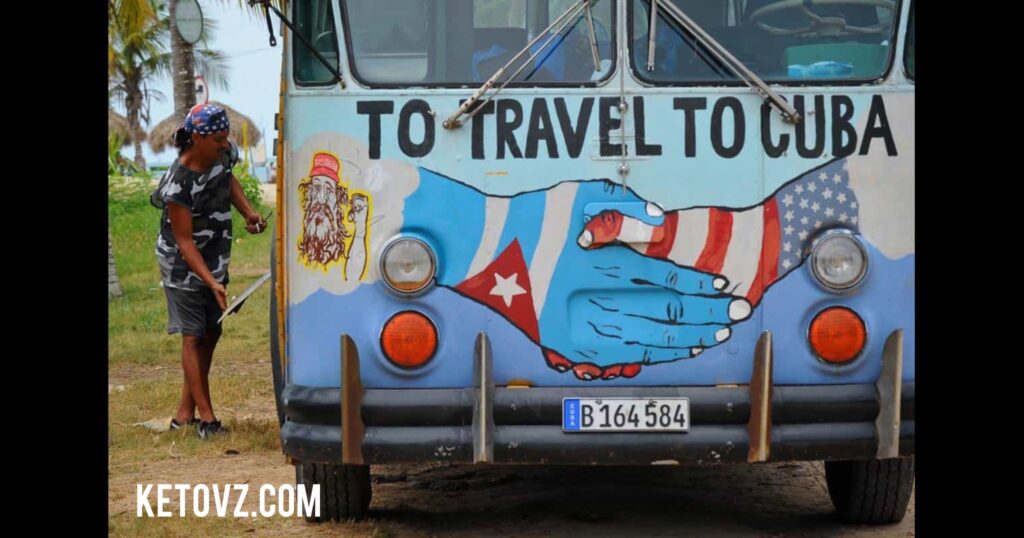
What Is “Support for the Cuban People”?
What does this category mean for American travel to Cuba? If you’re thinking about how you can actually get to Cuba as an American under this category, it’s pretty simple.
For instance, staying in privately-owned guesthouses (‘casas particulares’), eating at local, family-owned restaurants and taking a private tour with local guides all fall under “support for the Cuban people.” The key is that do not engage in any of the government-operated businesses or facilities that are off-limits to American travelers.
While planning your trip to Cuba, take note of all your activities because U.S. law requires you to keep records of your trip for at least five years. It’s rare but the U.S. government could one day request proof that your travel complied with the legal guidelines.
How to Travel to Cuba as an American
As we have established a definite answer on whether the Americans can now travel to Cuba under specific circumstances, let’s talk about how to do it practically.
How to Book a Flight to Cuba
It is quite easy to get into Cuba from the United States. Major airlines like American Airlines, JetBlue, and Southwest offer direct flights from cities like Miami, Fort Lauderdale, and Houston to Havana and other Cuban cities, so getting there takes only about an hour from Miami, hence a very accessible destination for Americans.
Be certain to choose the correct category for travel authorization when you book your flight well in advance. If you are traveling under the “Support for the Cuban People” category, then you will designate that at the time you purchase your ticket.
Are U.S. Citizens Required to Have a Visa to Enter Cuba?
Yes, Americans do need a visa to enter Cuba. For most travelers the visa required is a “Tourist Card,” easily obtained. Many airlines will let you buy the Tourist Card at the airport before boarding your flight to Cuba and some travel agencies can also arrange it in advance.
The Tourist Card will usually cost anywhere from $50 to $100, depending on where you purchase it. Don’t forget your visa; they won’t take you on without it.
Health Insurance for Traveling to Cuba
Great news: most airlines automatically include this Cuban health insurance as part of the cost for your ticket. You will receive proof of insurance when you check in for your flight.
If your airline company does not offer health insurance, you can purchase a packet of health insurance when landing in the Cuban airport. Health insurance will usually cover emergency services only and not pre-existing conditions or general medical treatment.
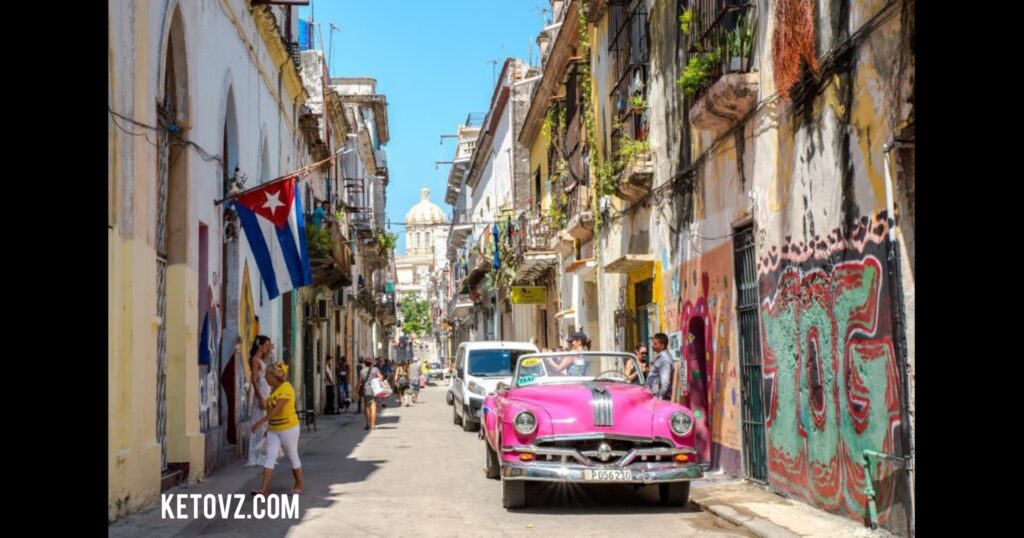
Travel to Cuba from the United States via a Third Country
But a far more frequently asked question seems to be whether an American can travel to Cuba by flying through some third country, say Mexico or Canada, in order to skirt the travel restrictions imposed by the United States.
This also means that even on circuitous flights from the U.S. to Cuba you are subject to having to fall within one of the 12 categories that have been approved in advance. And on your return to the U.S., you will declare your visit to Cuba and provide evidence that your travel fell within the law of the United States.
Expect When Arriving in Cuba
Cuba offers the visitor a country of outstanding cultural, historical, and natural beauty. Cubans are friendly and affable people, and there is much to see-from the bustle of Havana to the tranquility of Varadero and Viñales.
Money in Cuba
They have two forms of currency: the Cuban Peso, which is referred to as CUP, and the Convertible Peso, or CUC, though relatively recent economic reforms have rendered CUC nearly vestigial. For Americans, it’s a useful thing to know you can’t use either your credit or debit cards in Cuba, so all the cash should be brought along. Euro, Canadian dollars, and British pounds tend to get exchanged at better rates than with U.S. dollars for which an additional fee is charged.
Internet Access and Communication
Wi-Fi is available in some hotels, public parks, and government-owned ETECSA Wi-Fi hotspots, but even that is usually pretty slow and unreliable. Many travelers buy ETECSA internet cards in order to get access to one of these hotspots, but do not plan to stay fully connected during your trip.





